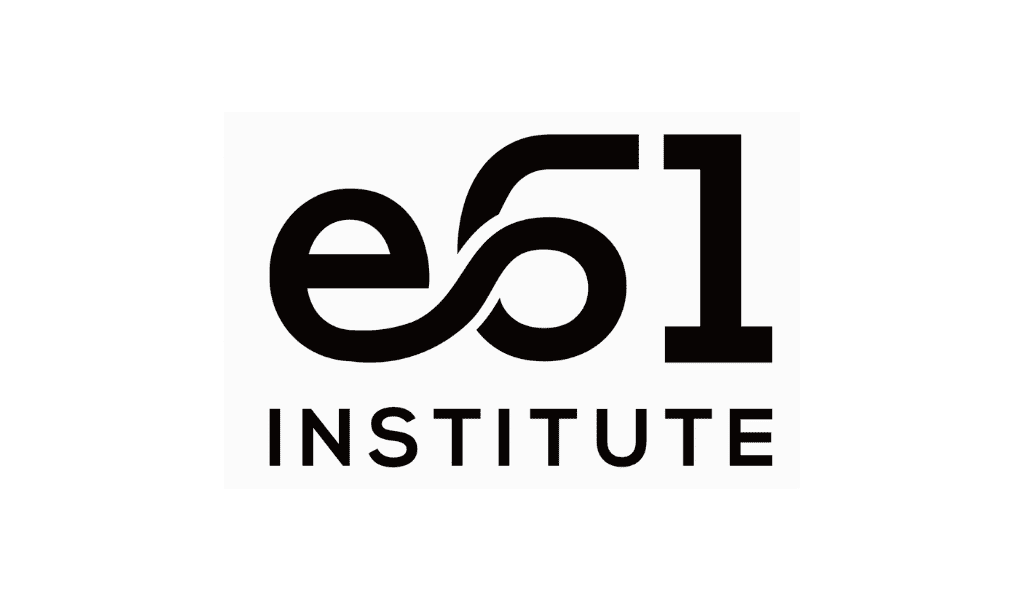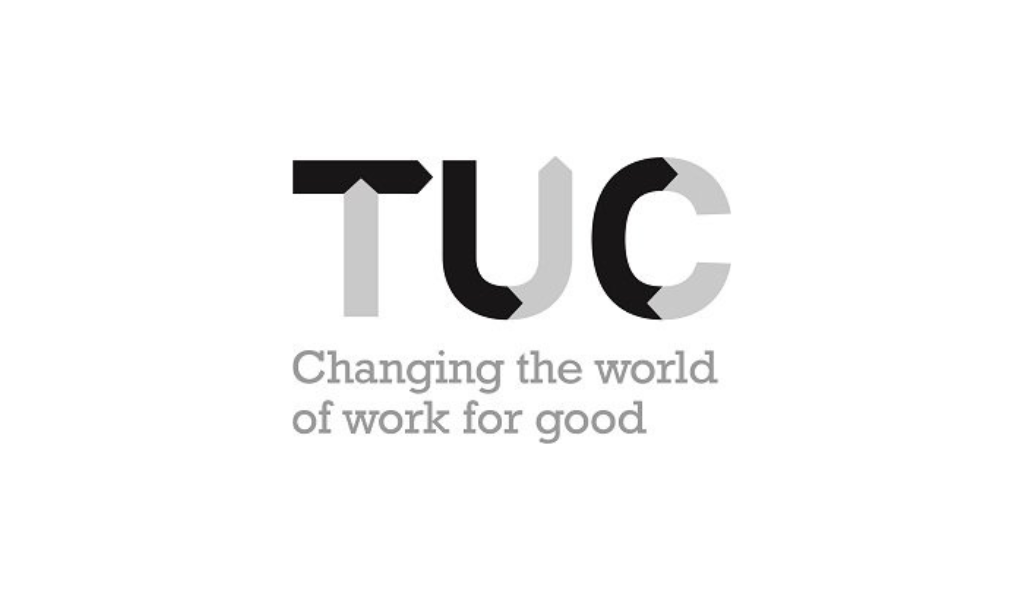SaaS-based compensation solutions offer layers of valuable data that go way beyond just pay.
By Aaron Hurst and Jayson Saba
When all else fails, trust payroll data. The reality is that in most companies, there is no single source of truth for people-related data. Often, companies either have multiple HR systems or rely on spreadsheets to make sure they are reconciling all of the different data sources. In these cases, payroll data becomes the most trusted source. It is hard for a company to mess that up. Plain and simple, if they do, they will either hear it from employees or from the IRS. While the holy grail is a single application for HR, payroll, workforce management, time and attendance, and talent management, most companies aren’t quite there yet. In fact, research from Sierra-Cedar’s annual HR Systems Survey report shows that 98 percent of companies still rely on Microsoft Excel for reporting and analytics, and less than half (43 percent) have embedded analytics in the HR management system (HRMS) of record. Nonetheless, the same research shows that 99 percent of companies have a payroll system in place.
Information in the payroll system provides a real-time snapshot of the company. Historically, payroll systems were primarily used to pay employees accurately and on time and to keep the company compliant with tax laws. The challenge with legacy systems, however, was that the data batched into a mainframe had to be closed at a certain date and time. The result is often that the information is old, stale, and limiting in how a company can use it to enable better decision making. Furthermore, legacy payroll systems lacked any time of advanced reporting beyond labor costs for the previous weeks and the tax data filed with local, state and federal entities. Software-as-a-Service (SaaS) solutions are shifting the paradigm. With a calculation engine constantly running in the background, SaaS payroll enables companies to get better real-time insight into their workforce. A SaaS-based, globally-aligned payroll system can also offer insight into company performance, employee retention, top talent, and key positions to allow for decisions that optimize organizational costs and workforce strategies.
Types of Payroll Data
The data that is collected in the payroll application can be very valuable for a company. Hire and termination dates tell one story, change in organization or job code or a pay increase tells another, and general headcount and payroll costs tell another.
For reference, let’s assume in this example a company has a true single SaaS payroll application for U.S., Canada, and the U.K. The transactional data collected in the application can inform the company immensely in several ways:
• Headcount. Headcount data gives visibility into year-to-date numbers across the enterprise -in different countries and different departments/functional areas. When combined with the number of open requisitions, it provides insight into vacancy rates. This data allows HR to determine where resources need to be invested to bring more candidates and therefore better hires ino the company. There are companies that use this data, in part, to review the performance of the HR business partner who owns the recruiting process for that function. Additionally, headcount data, when combined with business data -even something as simple as revenue (i.e. revenue per full-time employee) -gives visibility into how well the company is capitalizing on investment in its people. The drilldown into certain groups or geographical areas, especially when two groups do the same thing -for example, two regions in a retail environment -allows knowledge-sharing between managers to enable better operational efficiency.
• Date of hire/termination. Payroll data includes hire and termination dates. Obviously, this gives companies visibility into length of service, but this data can also be valuable in other ways. One of the measures of quality of hire is new hire retention, and one of the more challenging areas for recruiters is accountability for turnover. At its basic level, HR seeks to understand turnover, whether it is a quality-of-hire issue or a basic retention issue. To elaborate, there are companies that use new-hire retention to determine who to hold accountable for the quality of hire. One company in particular, through collaboration between recruiting and hiring managers, agreed that turnover occurring in 60 days or less is a good indicator of quality of hire, and in those situations, recruiting (or HR) shoulders the blame. Turnover between 60 days and 120 days is a shared responsibility between HR and the business, and any turnover beyond 120 days is mainly the business. However this metric is defined, early or new hire turnover can provide great insights into whether recruitment is bringing in good candidates or whether it is a larger issue that has to do with development, compensation, benefits, or even the business manager. Even basic turnover numbers can be used to understand which managers are doing a good job retaining, developing, and coaching their reports for success, which can be used to glean and share best practices with other managers. This, in turn, enables the HR business partner to strengthen the relationship with the business and ensure a successful partnership that is built on data and insight.
• Change in job code. When it comes to development and succession planning, one of the key metrics that companies track is the percentage of positions filled by internal candidates. The simple transaction of changing a code to reflect a different pay group or salary grade within a payroll system can inform the organization about how well they are developing their employees. Payroll data would show which groups or managers are creating a developmental culture for their employees.
• Investment in employees. We always hear that HR needs to get more strategic, and most of these conversations revolve around HR needing to tie its efforts to the goals of the company. For example, one company started out on a journey to build a dashboard just from payroll data, and after a few iterations and dozens of metrics later, there was one dashboard that resonated with the CEO. That dashboard represented the total costs of payroll and benefits per full-time employee -both available in the payroll application -and subtracting that total from revenue per full-time employee. The dashboard was built quarterly; basically, it showed every quarter the net revenue per full-time employee after subtracting the total spend per employee on wages and benefits. Later taxes (the company portion) were added. The thinking was that if these numbers go out quarter over quarter then the company is doing the right thing and getting the most out of its talent. And in order not to ‘game’ the metric, another dashboard showing the vacancy rate was created. This allows the company to understand the productivity of its employees and uncover some of the symptoms if this metric dips. Interestingly, when merit increases or bonuses are factored in the first quarter, the number dips from fourth quarter, but to show progress, the company compares it to first quarter of the previous year.
• Reward statements. A cloud payroll system also includes data on benefits costs, holiday time, and contributions toward retirement accounts. Companies can use this information to build comprehensive reward statements to show employees the value the company is providing them beyond their salaries. These statements can be valuable retention tools because they show employees the total value gained from their employment. Historical statement can be designed to show employees that their contributions were rewarded with raises, bonuses, and more.
Thanks to SaaS, the data now available to in the payroll application is adding limitless insights to companies looking to align workforce strategies to the goals of the business. Furthermore, it is increasingly opening the doors not only for HR and payroll to collaborate -often payroll reports to finance, and even when it doesn’t, silos tend to exist between it and HR -but to also be better partners to business leaders, especially when this data is combined with operational and revenue metrics.
Aaron Hurst is vice president of global partnerships and solutions for Ceridian. Jayson Saba is vice president of market research and industry relations for the organization.














